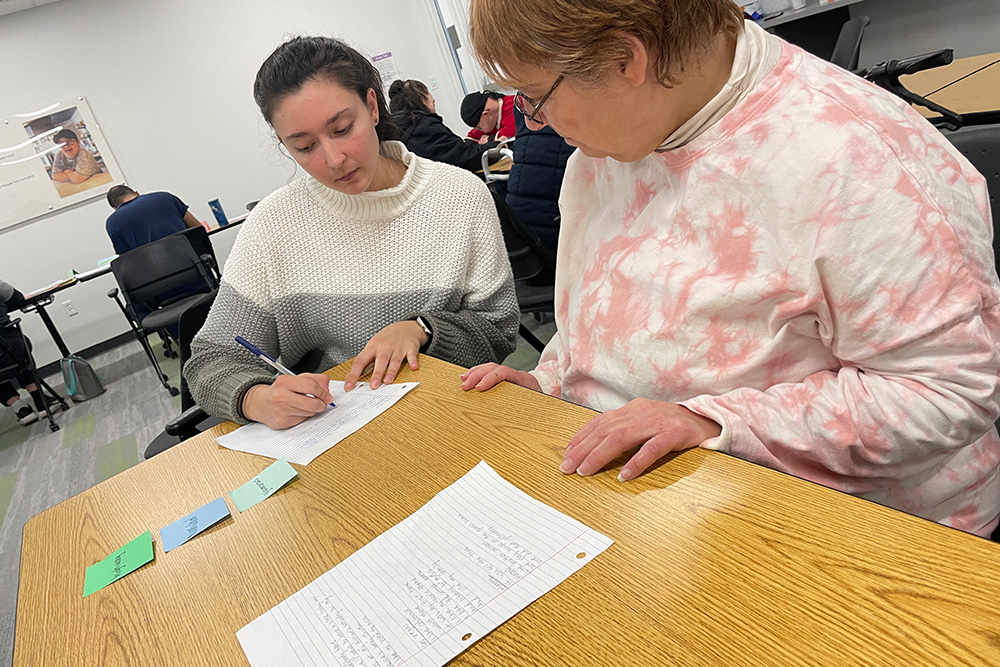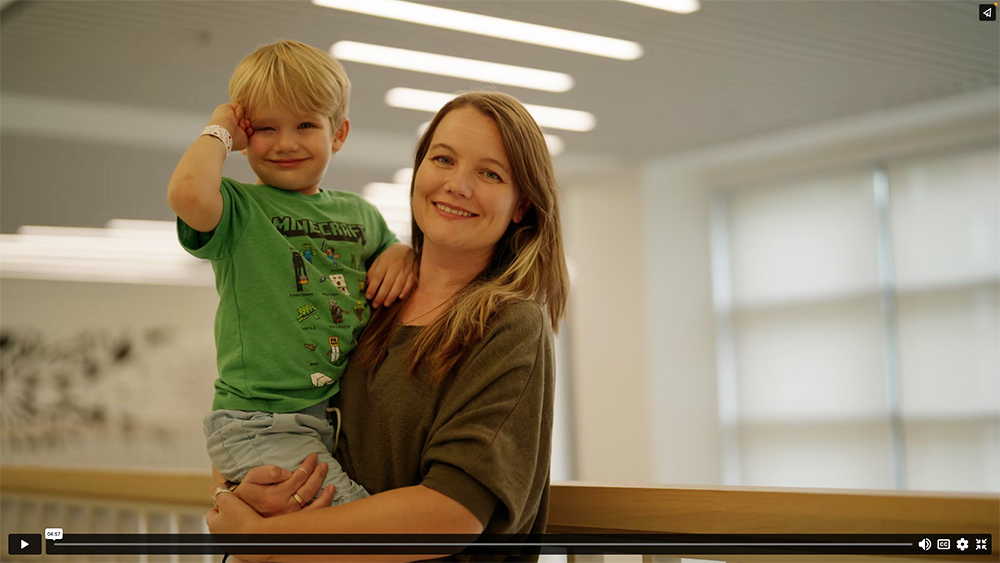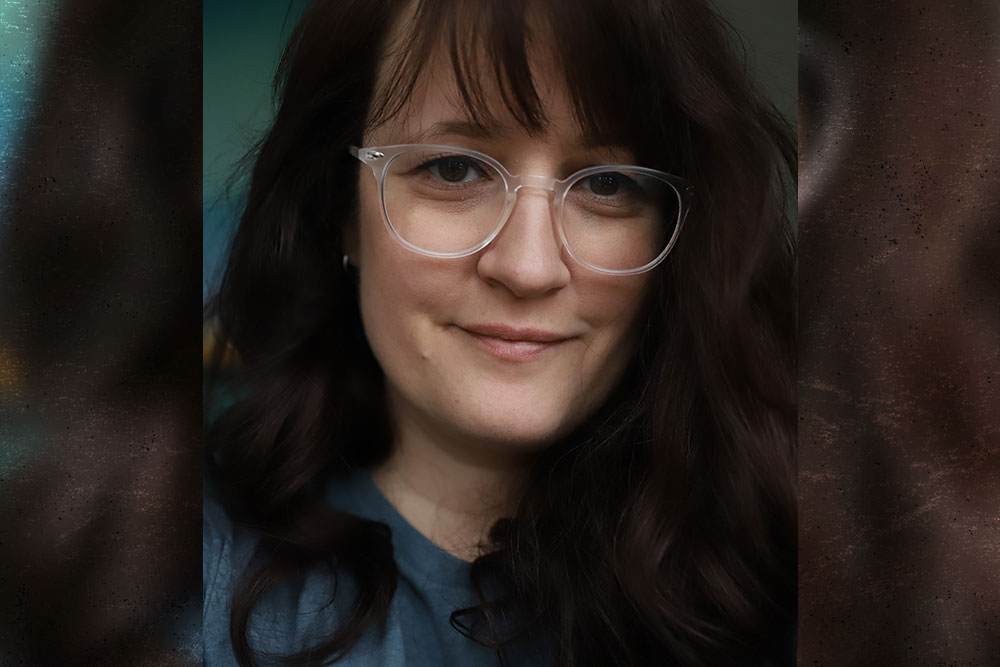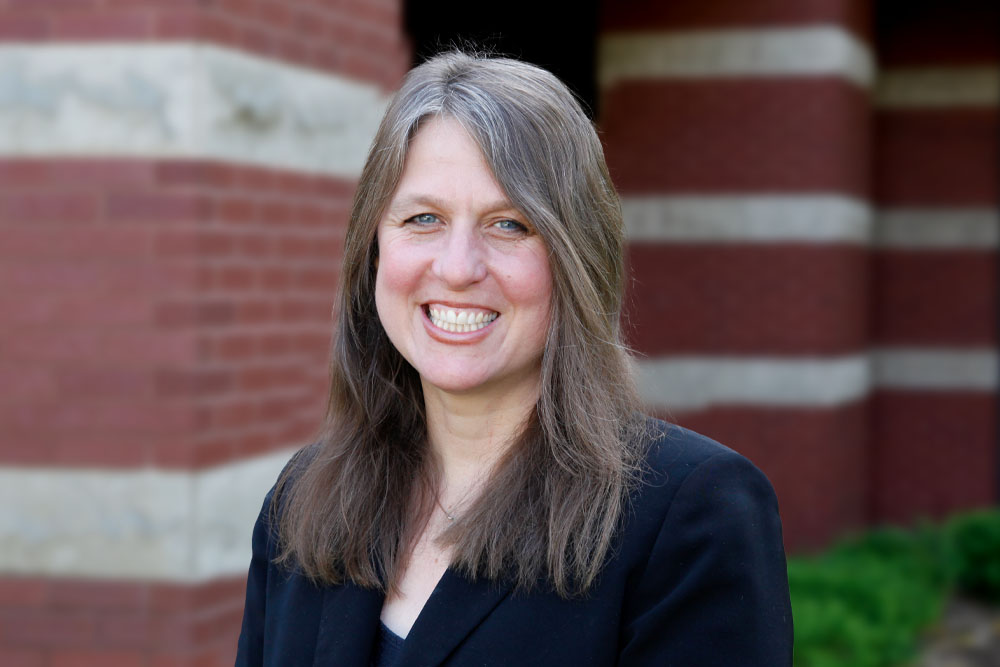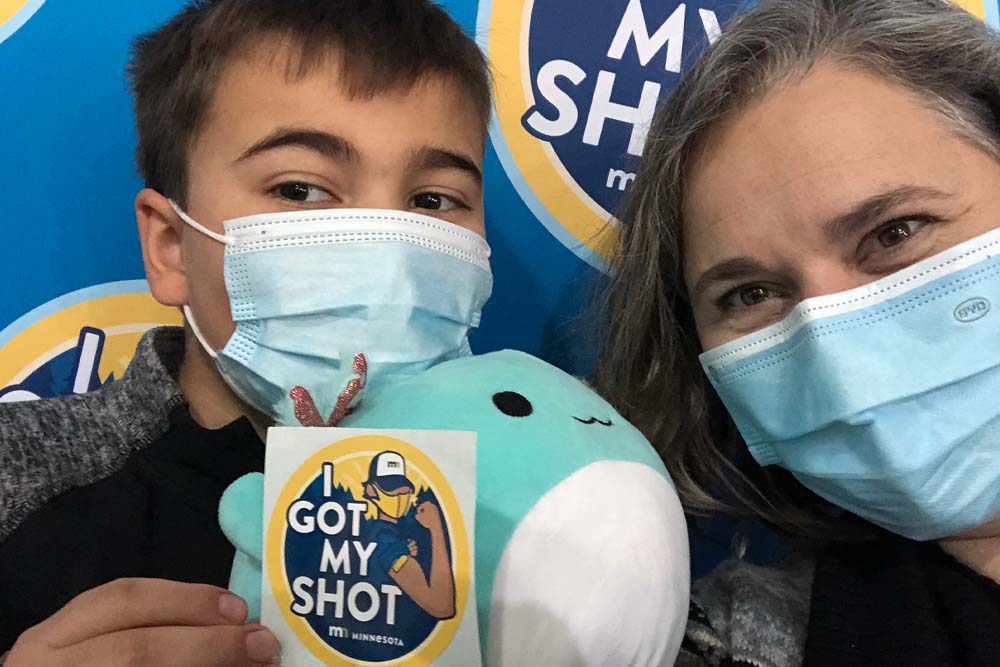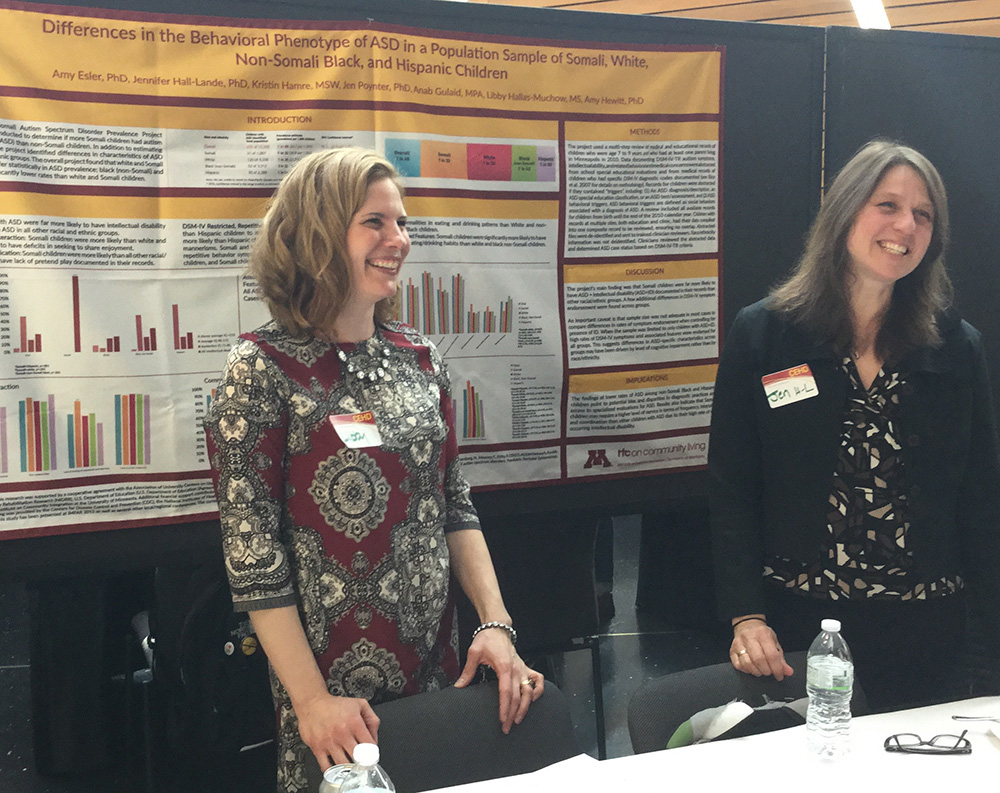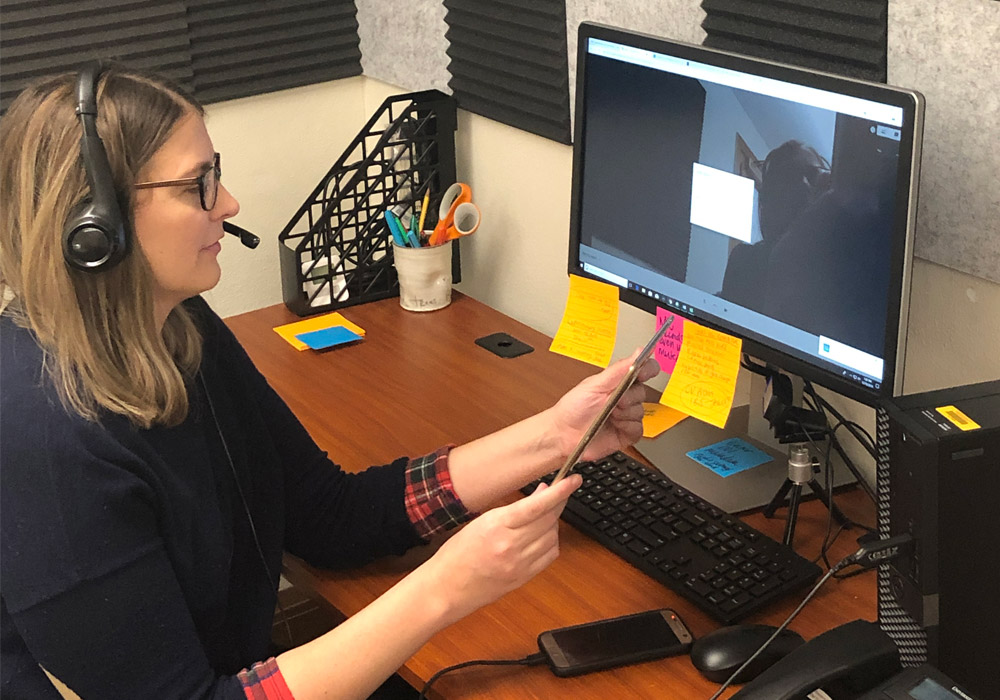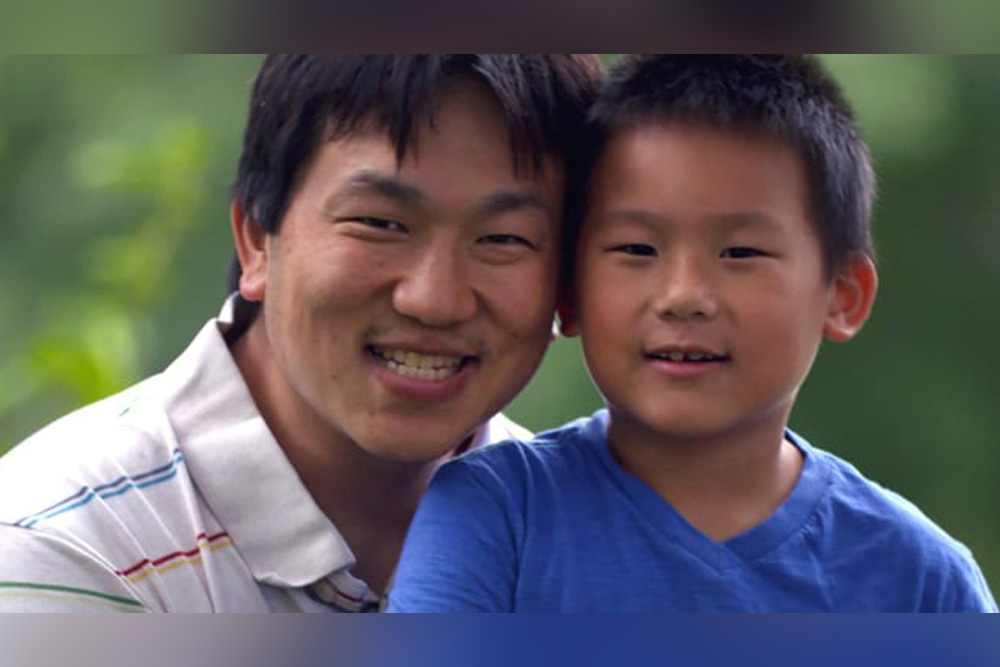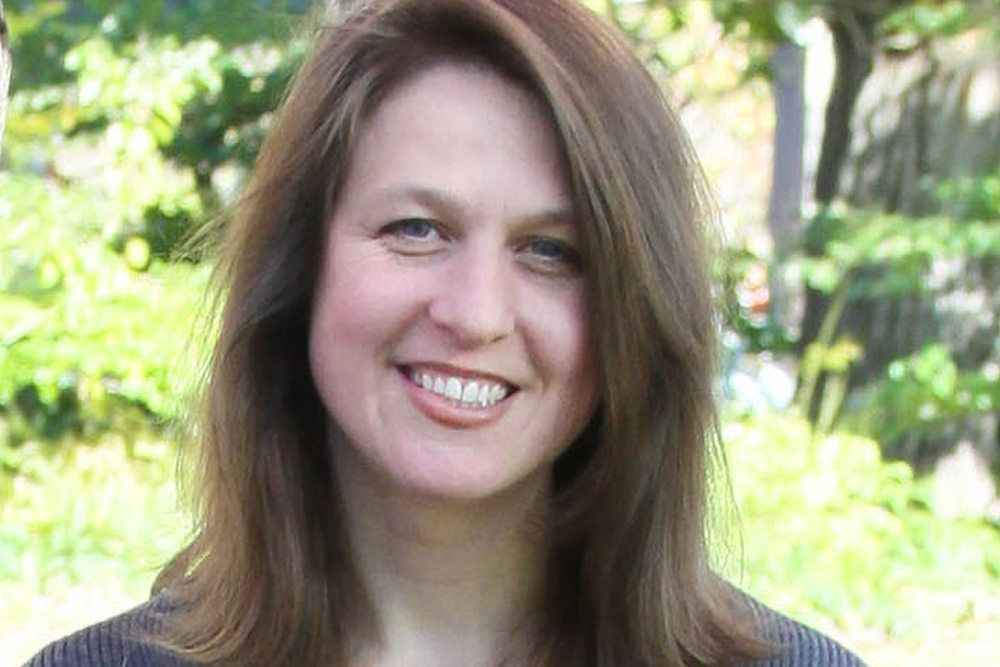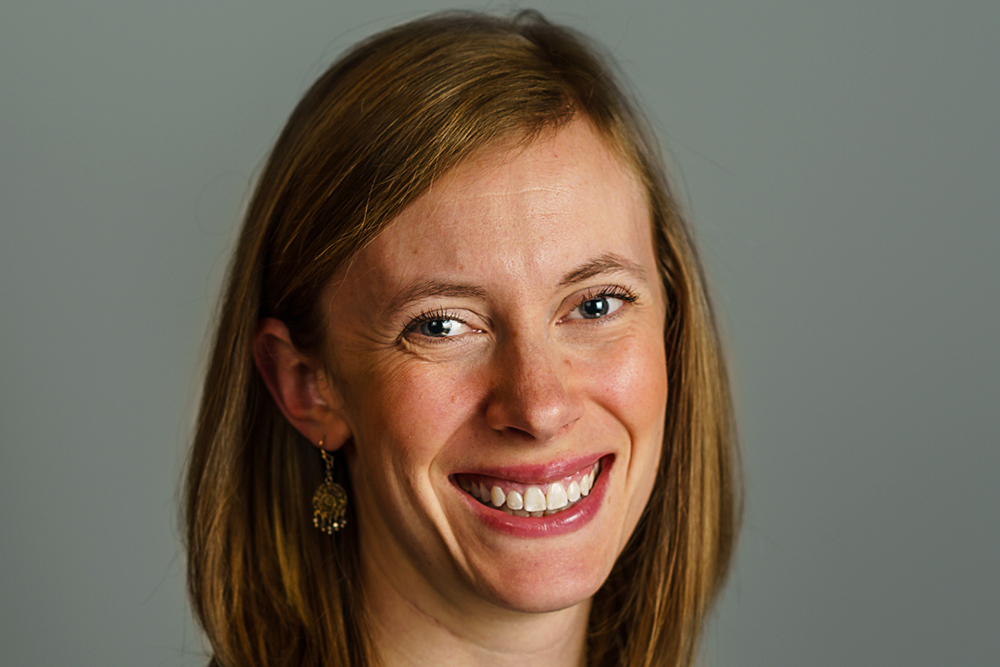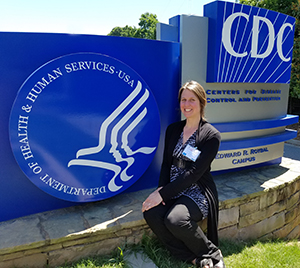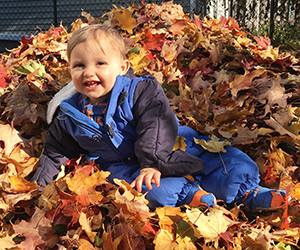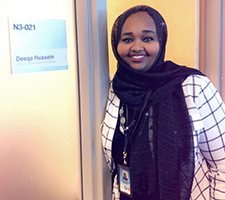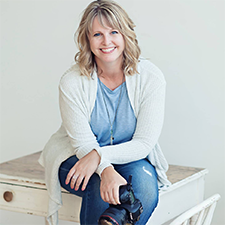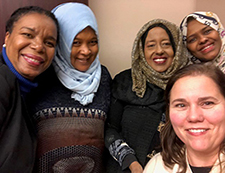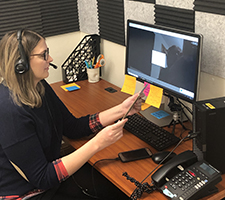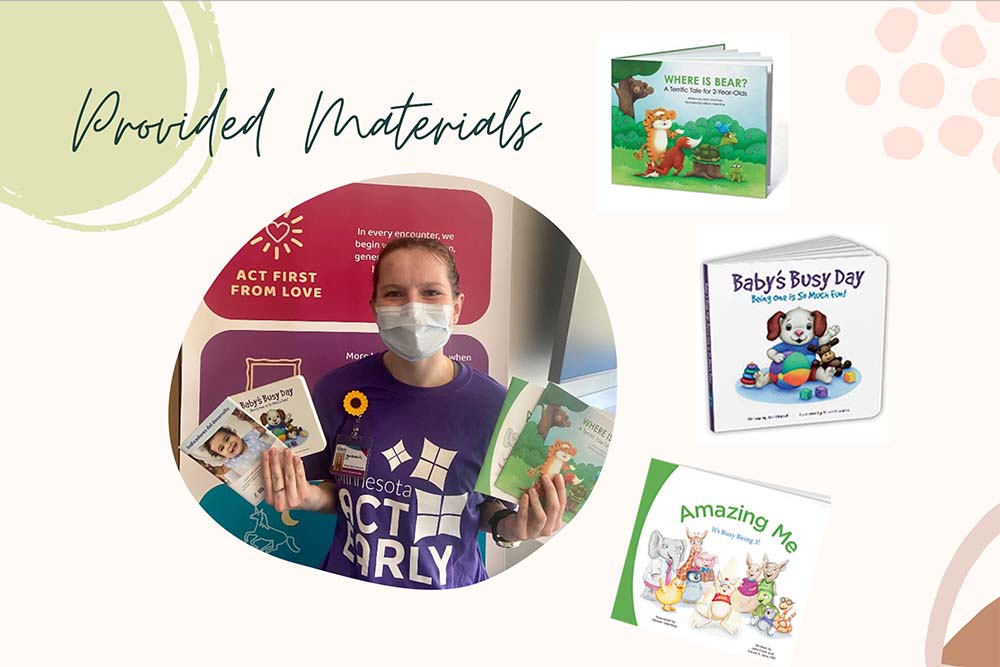
When the Minnesota Leadership Education in Neurodevelopmental and Related Disorders (MNLEND) graduates receive their certificates in a ceremony on May 25, it will mark completion of the 15th cohort under the direction of the Institute on Community Integration. It also marks a significant milestone toward the national LEND program’s goal of providing long-term, graduate-level interdisciplinary training that improves policies and services for people with developmental disabilities.
“Comprehensive interdisciplinary programs that allow fellows to learn and engage with one another are rare, and rarer still are programs that engage community members as co-learners,” said Amy Hewitt, director of the Institute. “This commitment ensures that people with lived disability experience and those from diverse racial, ethnic, and linguistic backgrounds are full members of the learning community.”
This year, 28 fellows have earned full MNLEND certificates, along with seven intermediate trainees who joined the program for a more limited, focused experience. They come from University of Minnesota academic disciplines, including Public Health Administration, Law, Social Work, Psychology, Nursing, Occupational Therapy, Pediatric Dentistry, and many more; or are community members in disability-related professions, self-advocates, or family advocates.
Minnesota Governor Tim Walz congratulated the fellows in a video message that will be shared at the ceremony.
“You learned about the latest research and gained practical experience through hands-on training with individuals and families,” he said. “This combination of knowledge and experience will serve you well as you take on leadership roles in this field. Remember that leadership isn’t dependent on your title or position. Leadership is your ability to set a vision, develop goals, and inspire others to join you.”
As they completed their experience this spring, fellows shared details about their individual projects that are required components of MNLEND, along with reflections on the overall learning experience.
“My year with MNLEND has been eye opening and deeply meaningful,” said Der Thao (MNLEND 2022-23), who during her fellowship worked as part of an evaluation team for a manuscript on behavioral parent coaching for families of children with attention deficit/hyperactivity disorder. “I have met so many incredible people and have had the opportunity to learn more about myself and have grown as a leader in the disability community and in my own life.”
Rebecca Dosch Brown, ICI’s director of interdisciplinary education, said this year’s cohort built deep relationships as they shared knowledge from their personal and professional experiences with disability.
“They formed an amazingly supportive community, encouraging and advocating for each other as they learned,” Dosch Brown said. “Minnesota just gained a powerful new group of disability leaders who have the skills to collaborate not only across their disciplines but also across varied cultures and life experiences. All of us on the leadership team are extremely proud of them.”
In addition to Dosch Brown, MNLEND’s leadership team includes ICI Director Amy Hewitt; Andy Barnes, assistant professor of pediatrics at the University of Minnesota Medical School; and ICI’s Jennifer Hall-Lande and Ajibiké (BiKé) Ojomo.
“MNLEND offers projects that span a range of activities, from policy making and community outreach to clinical and research-based work,” Dosch Brown said. “Small teams can then learn from each other, the faculty, and community members in interdisciplinary settings. We coach them through their projects, making sure those most affected are included, consulted, and honored in the work the project does.”
This year’s fellows completed several education initiatives for the Minnesota Learn the Signs Act Early Project.
“I worked to educate providers on the CDC resources for early identification of developmental delays and autism through a presentation,” said Annabelle Hearne (MNLEND 2022-23). The entire MNLEND experience helped her expand her knowledge of what it means to live with a neurodevelopmental disability, she said. “Ultimately, I have learned the importance of not setting limits on individuals with disabilities.”
Other fellows worked on projects using telehealth to support early intervention for families of children with sensory or other neurodevelopmental issues.
Jeannie Clark (MNLEND 2022-23) helped test the design of a study involving young children with Down syndrome for her project.
“I have a much greater awareness of diverse views, particularly those surrounding neurodiversity,” Clark said of the fellowship.
Fellows also helped create policy research briefs, including one for the Institute based on data from its long-running Residential Information Systems Project (RISP), a longitudinal study of long-term supports and services for people with intellectual and developmental disabilities.
Applications for the 2024-25 cohort will open Oct. 15. Questions about the program can be directed to Ojomo at bojomo@umn.edu.

